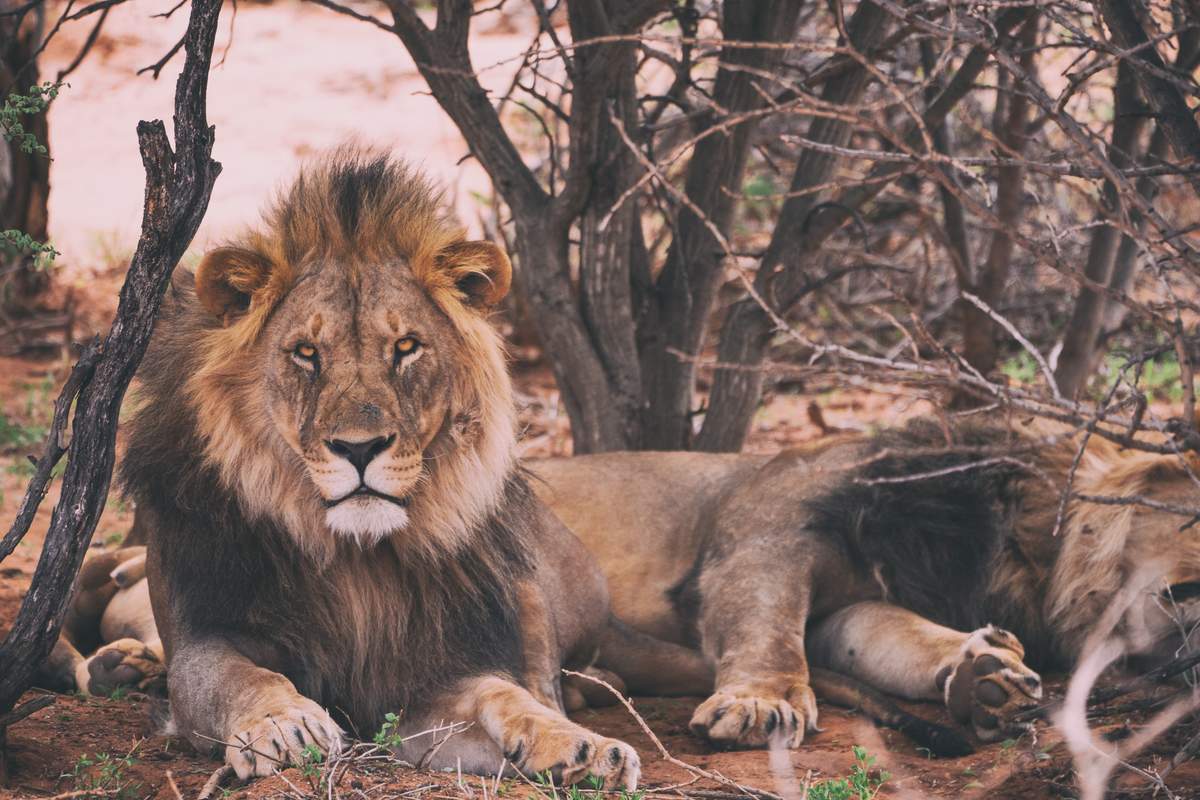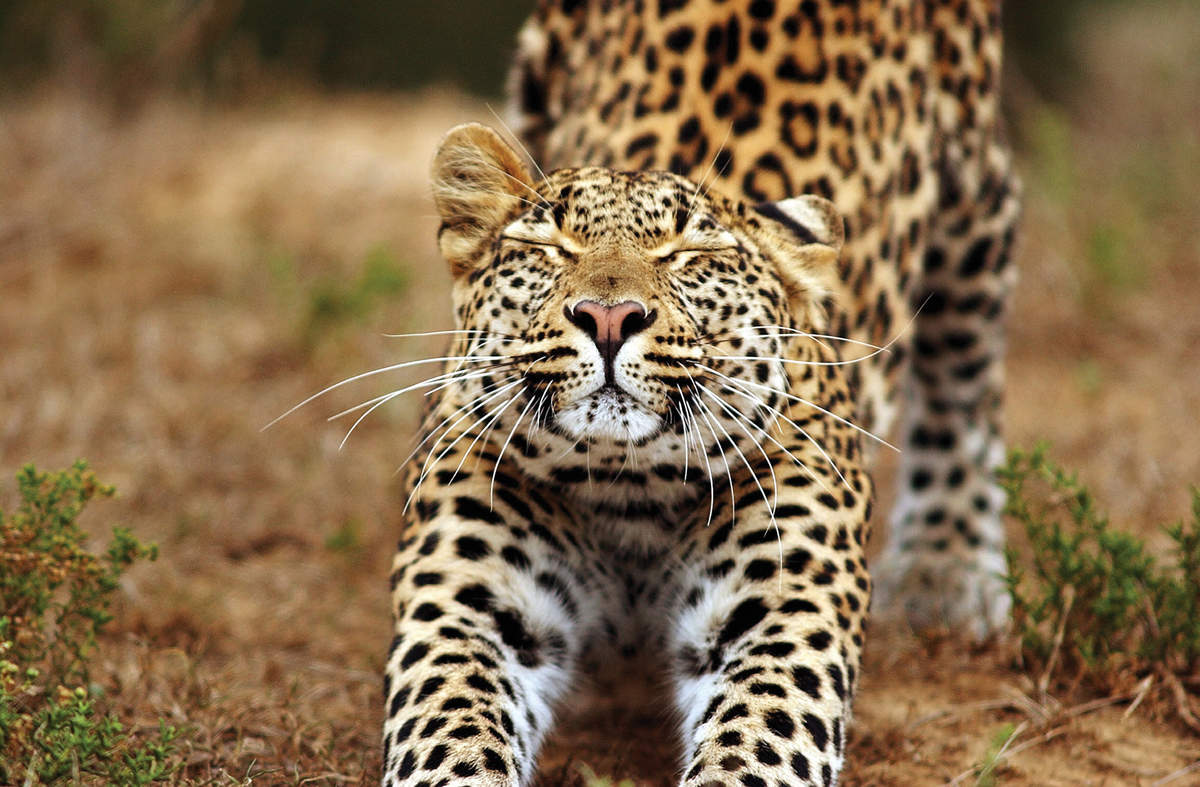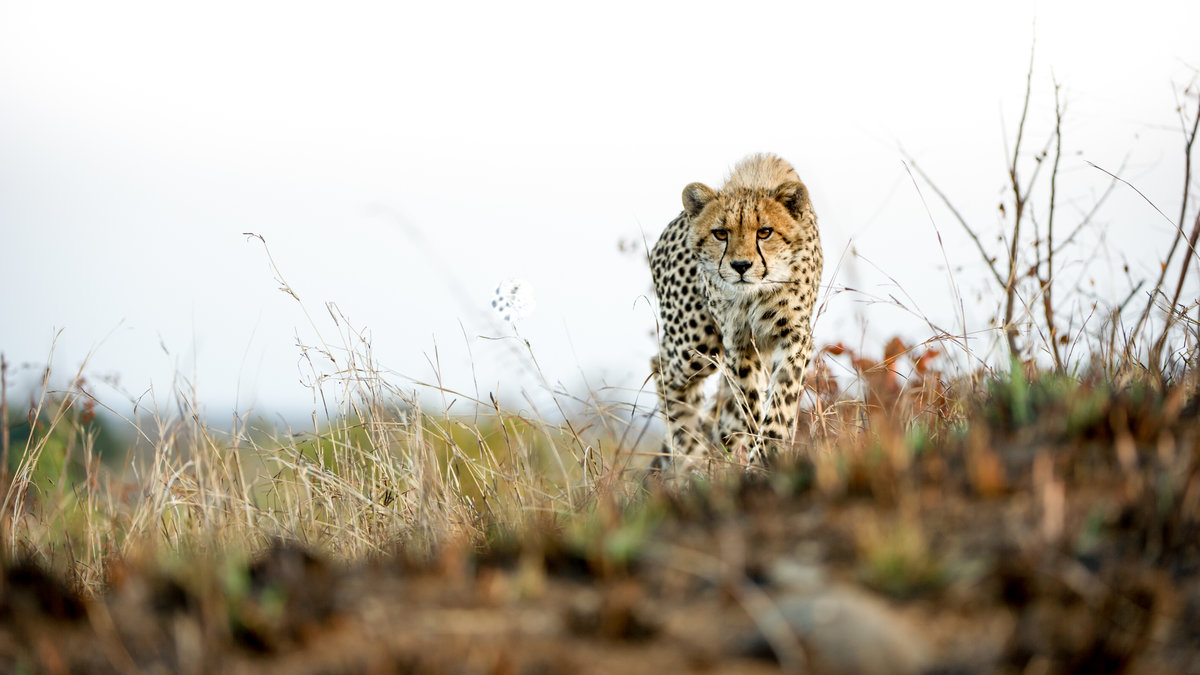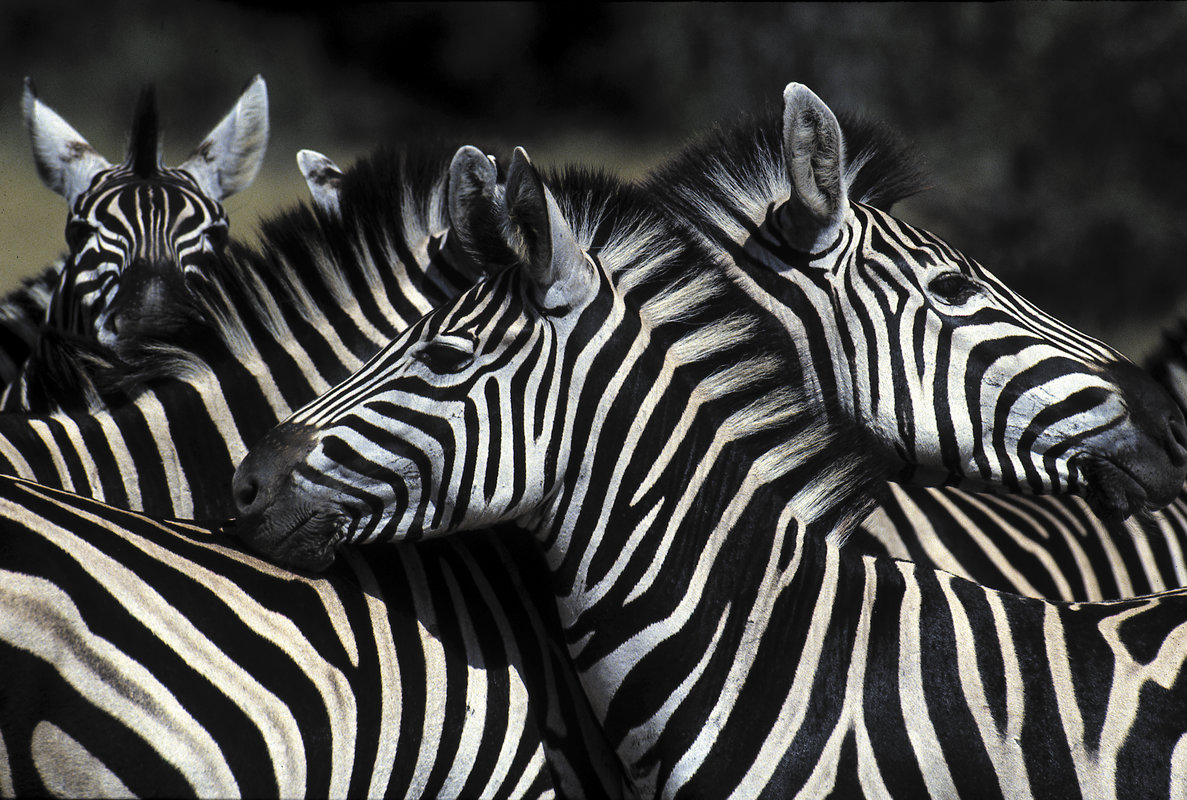- Home >
- Destinations >
- Tanzania >
Call: 020 7843 3500 Enquire Now Enquire Now
Call: 020 7843 3500 Enquire Now Enquire Now
Tanzania's iconic Serengeti National Park covers nearly 6,000 square miles of Northern Tanzania up to the border with Kenya's Masai Mara. The topography of the park is generally flat, characterised by huge open grassland plains where the herds of wildebeest graze during the annual Great Migration. The Migration is what draws most visitors to the Serengeti and offers the chance to see herds of hundreds of thousands of wildebeest grazing and moving through the park as they search for fresh grasses. The fact that this is an annual cycle means that almost the Serengeti serves as a year-round safari destination and we can recommend the best camps to see the migration from depending on the time of year that you are visiting.
Accommodation in the Serengeti is varied, comprising of permanent lodges such as Lemala Kuria Hills and Singita Sasakwa, which offer the very best in luxury accommodation. By their nature, the permanent lodges are best visited when the migration is in that specific area, however, if you visit out of season then there is an excellent resident game around such lodges and you do benefit from the areas being much quieter. There are also a number of fixed tented camps, which give a really authentic safari experience without compromising on comfort. Good examples of these would be Serengeti Pioneer Camp or Serengeti Kusini. These camps are very popular with visitors who want an authentic tented safari experience, but without compromising on the excellent food, great service and luxuries that have become associated with modern safaris. There are also a number of semi-permanent "mobile" camps which move 2 or 3 times a year to follow the migration. These are tented camps, but again, there is no compromise on luxury and they offer an excellent chance of seeing the migration no matter what time of year you visit them. Camps such as Olakira and Kimondo are great examples of these mobile camps and very popular with our clients.
Being a natural phenomenon, the Pattern of The Great Migration and where the herds will be at a particular time of year is difficult to predict but, broadly speaking, they move along the following lines. January to March they are in the Southern part of the Serengeti before moving North through April and May, although as this is the long rainy season many camps are closed. June and July sees many of the herds split up, with some heading through Seronera region of the Central Serengeti and others heading up through the Western Corridor and Grumeti Reserves. August and September tend to be the most popular months to see the migration in the Northern Serengeti (and also Kenya's Masai Mara) and this is when the iconic river crossings can be seen. October and November see the herds move through the Eastern part of the reserve before heading back towards the Southern area for December when the cycle starts all over again. Naturally, this is driven by the rains and availability of fresh grasses for the herds, but it is a good overview of where they will be at a given time.
 Lions spend 16-20 hours of the day sleeping or resting
Lions spend 16-20 hours of the day sleeping or resting
 Leopards can see seven times better in the dark than humans
Leopards can see seven times better in the dark than humans
 The fastest land animal in the world, a cheetah can reach 70 miles per hour in 3 seconds
The fastest land animal in the world, a cheetah can reach 70 miles per hour in 3 seconds
0d5e.jpg?ni=%2Fimages%2Fno-image.png) African elephants can currently be found in 37 African countries
African elephants can currently be found in 37 African countries
0d5e.jpg?ni=%2Fimages%2Fno-image.png) The wildebeest weighs between 300 and 600 pounds
The wildebeest weighs between 300 and 600 pounds
 The pattern of a zebra's stripes are unique to each individual zebra
The pattern of a zebra's stripes are unique to each individual zebra
0d5e.jpg?ni=%2Fimages%2Fno-image.png) African Buffalos have a symbiotic relationship with many African birds such as the Oxpecker
African Buffalos have a symbiotic relationship with many African birds such as the Oxpecker
0d5e.jpg?ni=%2Fimages%2Fno-image.png) Ostriches can sprint at over 70 km/hr
Ostriches can sprint at over 70 km/hr
Get the lowdown on golfing holidays in South Africa.
Read moreDiscover why Africa truly is a bird lover's paradise.
Read moreGet the lowdown on South Africa's flora and fauna.
Read moreDiscover our run down of the top malaria-free safari destinations in South Africa.
Read moreDiscover the flavours of Cape Town with our gourmet guide to the Mother City.
Read moreDiscover how easy it is to enjoy a Kosher safari in Africa.
Read moreThought that nothing could beat the thrill of being in a safari vehicle as it bounds along in search of the resident wildlife? Think again – think hot air balloon.
Read moreDiscover the best places to see the Big Five from our Africa experts.
Read moreRead our blog and discover why South Africa's Cape Region is a foodie's paradise.
Read moreWhilst safari and game viewing might grab all the headlines for those planning to visit Africa, the continent is also able to accommodate those with a whole host of special interests.
Read moreSerengeti has the greatest concentration of plains game in Africa.
Africa Travel is the UK's premier specialist dealing with travel to Africa, but we aren't just a website or a call centre, we are a boutique, owner-run company with personal connections to many of the owners of the properties we feature.
During these challenging times many of us are understandably concerned about the impact and effect of Coronavirus on our travel plans, and so to offer you complete reassurance, Africa Travel have put in place our very own Book Africa with Confidence policy.
All flights and flight-inclusive holidays on this website are financially protected by the ATOL scheme. Our ATOL number is 3384 www.atol.org.uk/ATOLCertificate
Please complete the below details so that we can forward you a personalised holiday quotation